For almost a decade now I've been using the expression 'phantom tail' to describe a degree of boat tail truncation which would not affect the drag coefficient.
In 2000,Professor Alberto Morelli,of the Torino Technical University,published 'A New Aerodynamic Approach to Advanced Automobile Basic Shapes,' in which he uses the term 'Fluid Tail.' (this SAE Paper # 2000-01-0491 was shared years ago here at EcoModder.com ) .It's available online as a printable PDF.
*These 'fluid' tails have been investigated at least as early as 1920,with Dornier's wing research.
*Jaray/Klemperer did indirect research in the early 1920s.
*Walter Lay did indirect research in 1933.
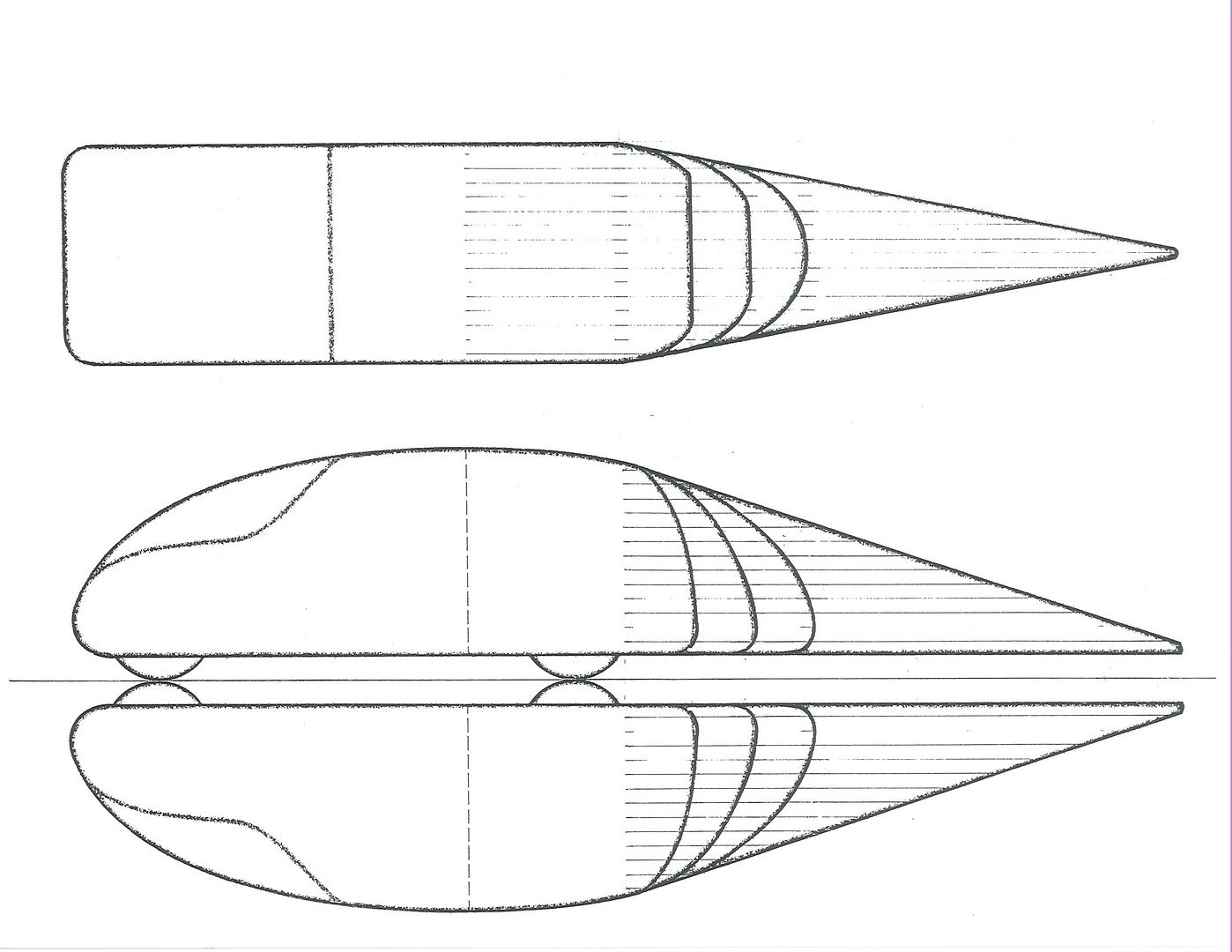
*Kamm/Koenig-Fachsenfeld did direct research in the mid-1930s.
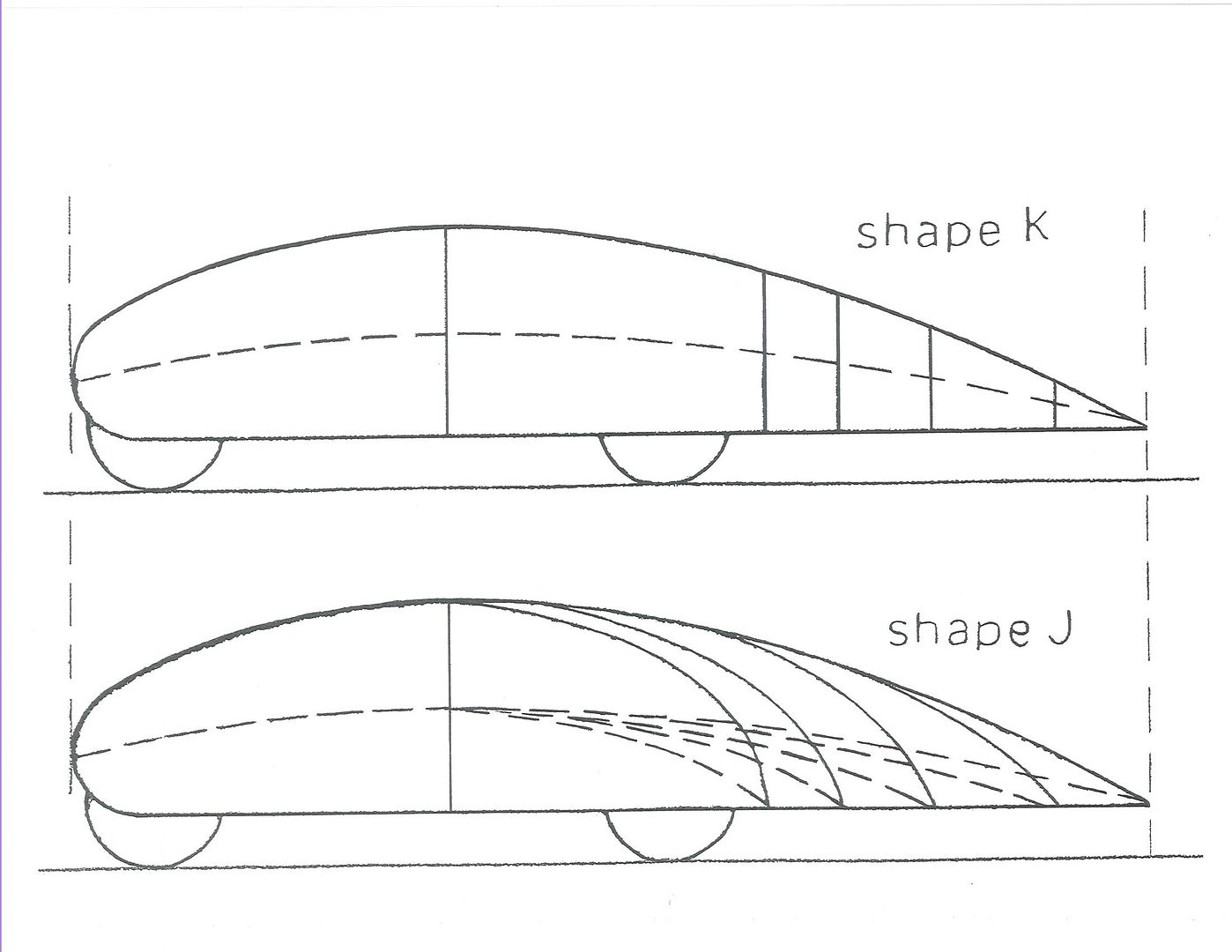
*3-D flow research was conducted for aircraft fuselage ball gun turrets in 1942 World War II.

*In 1963,Walter Korff illustrated the 'ring vortex'
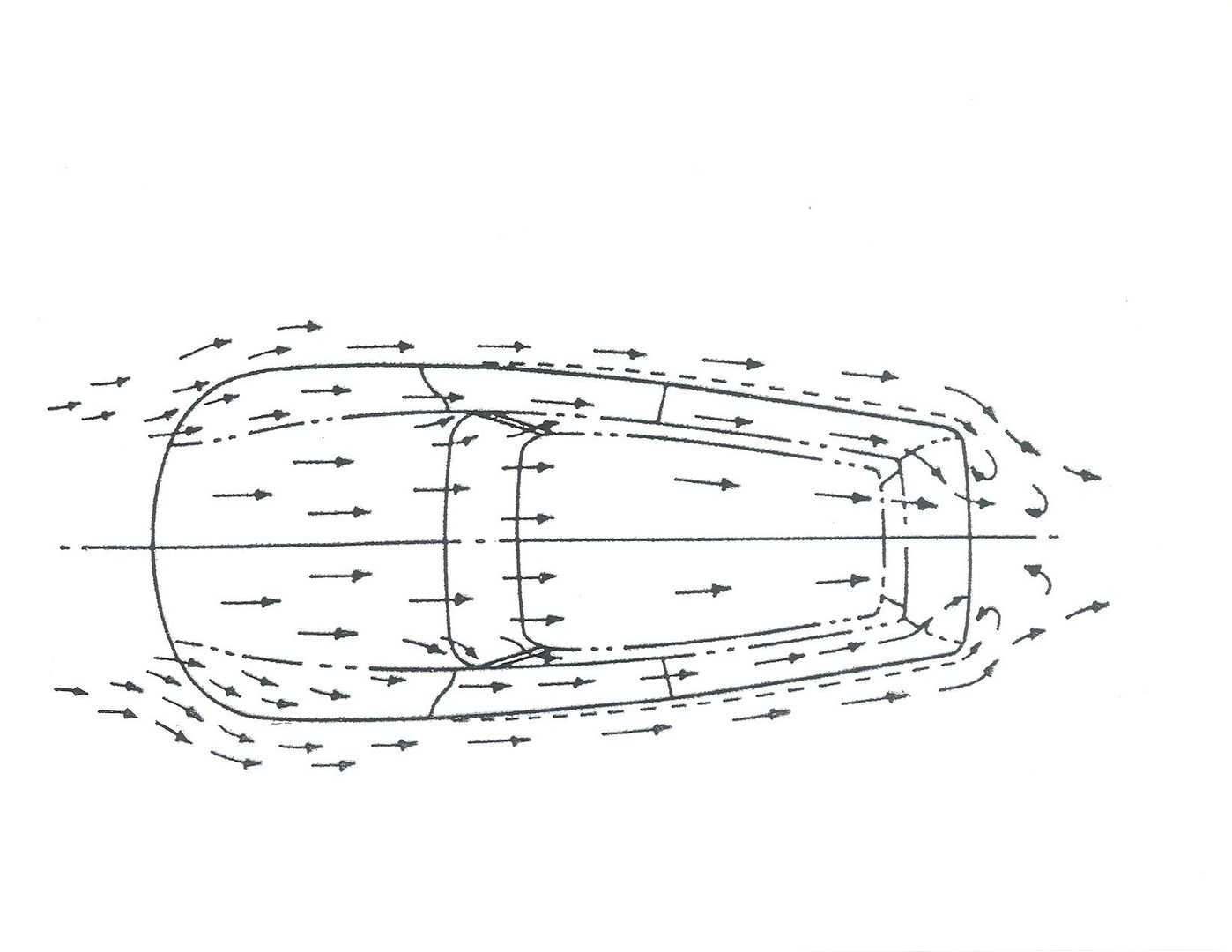
*In 1966,Grumman appeared to utilize the fluid tail to save weight on their dorsal radar pod

*In 1976,Morelli was forced to investigate it at Pinifarina due to length restrictions with the CNR research
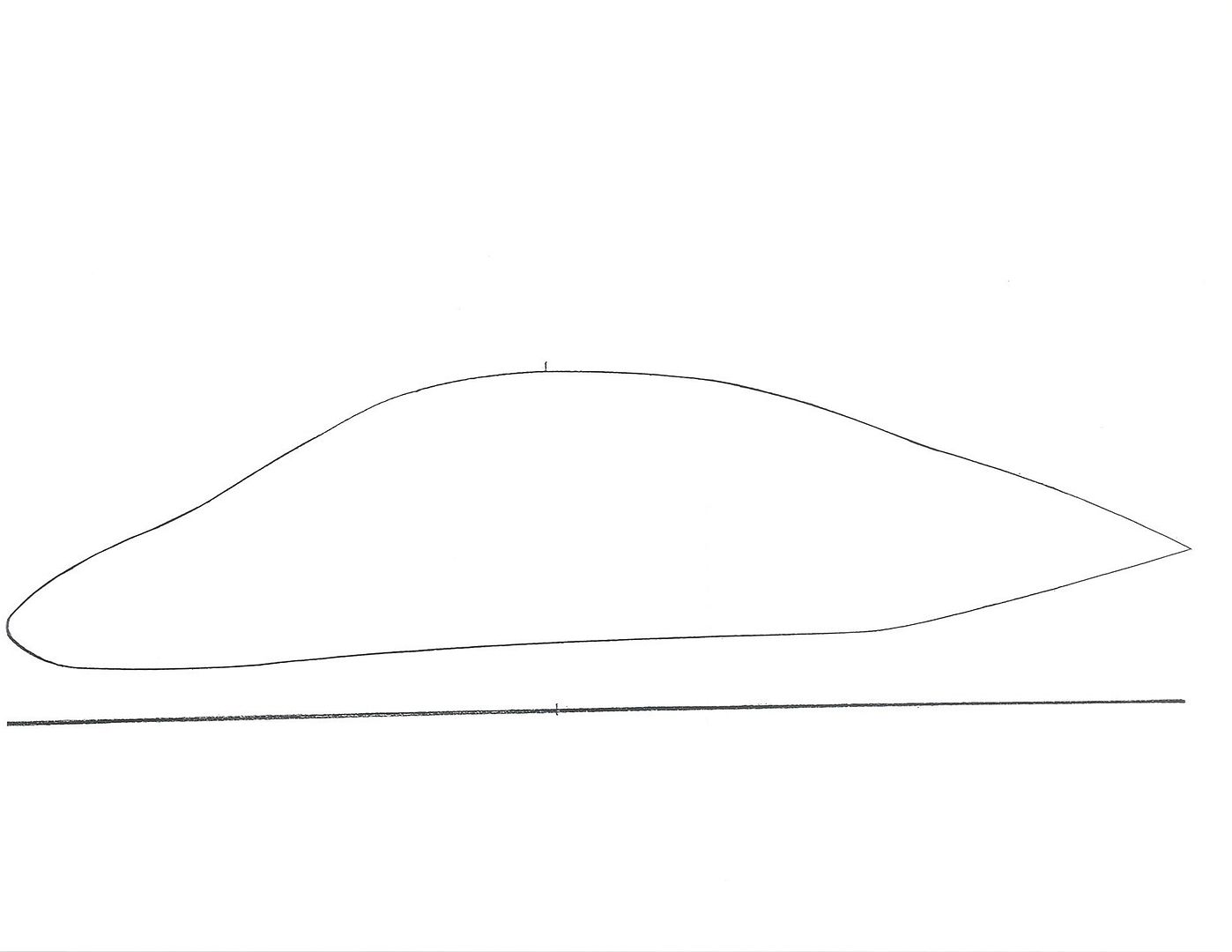
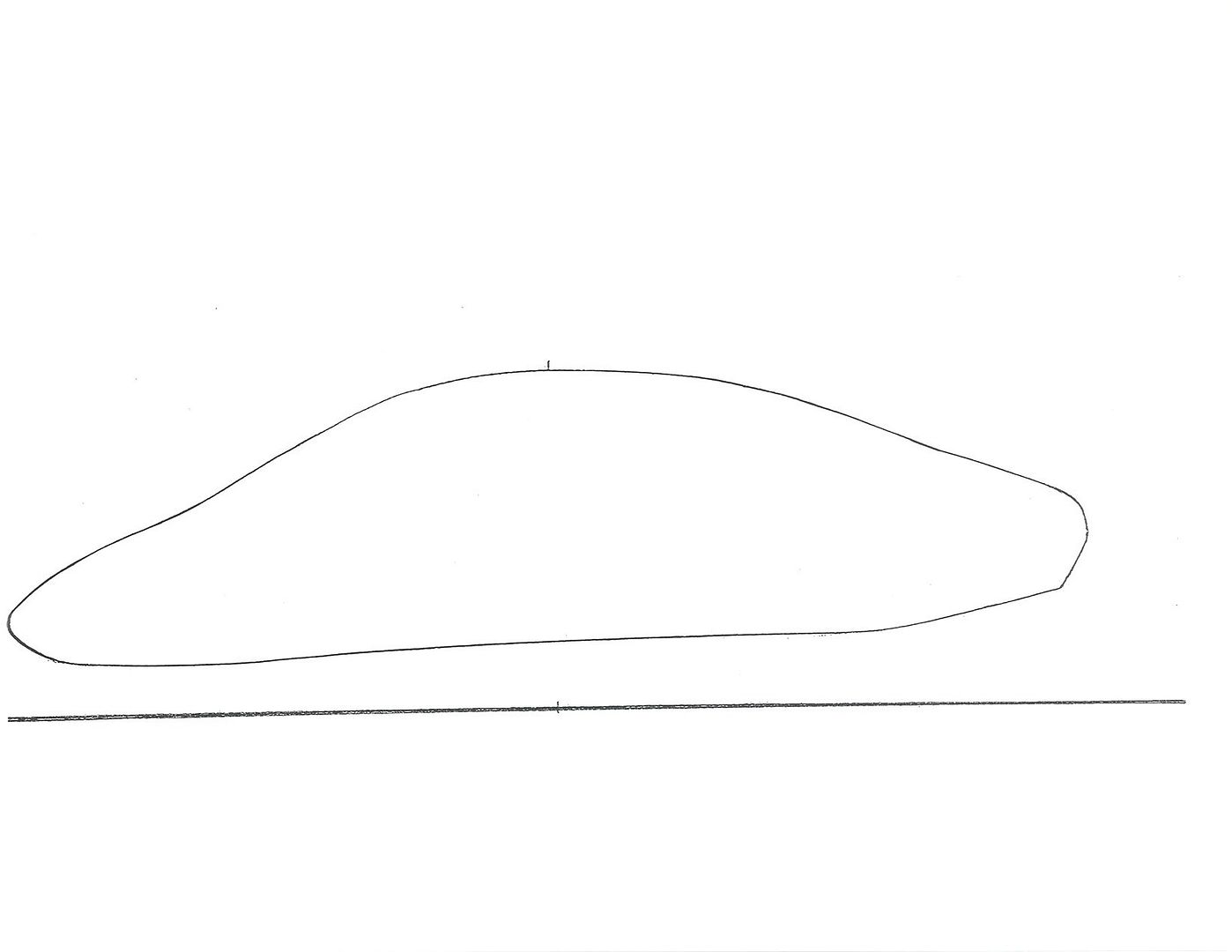

*In 1981,VW's Buchheim et al. indirectly measured drag in the vicinity of the fluid tail ,with the 'Flow body' long tail/truncated

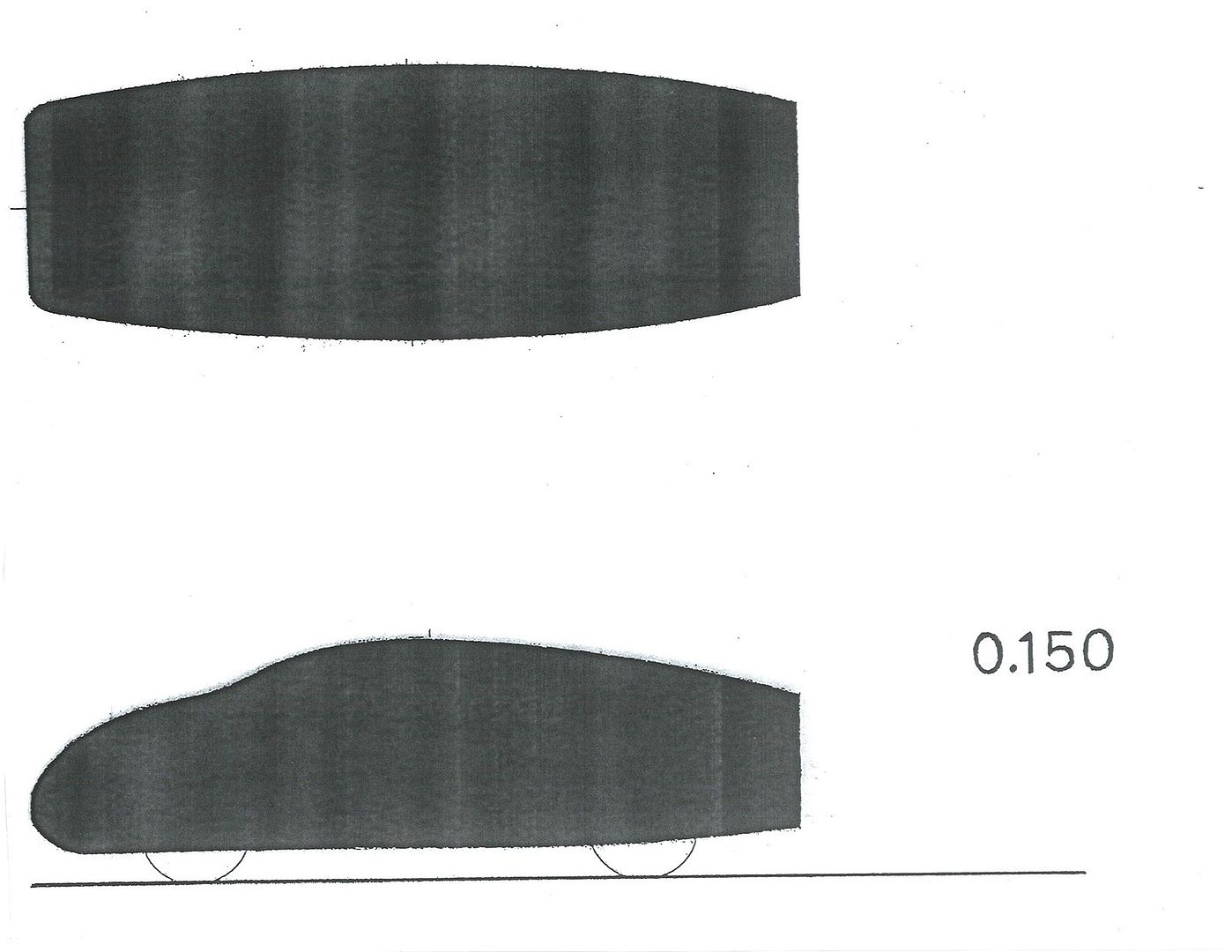
In Morelli's 2000 paper,he refers to the 1984 FIAT Tipo 3 concept,with sub-Cd0.18,and 'fluid tail.'

-----------------------------------------------------------------------
The focus of the 2000 research is to use the fluid tail to create as low a drag as possible car,with super-truncation.
*Morelli borrows from the 'jet-pumping mechanism' penalty cited in Hoerner's section on bullet research.
*An all-forebody car body is given a ring-vortex-inducing ramp to create a controlled separation and attached transverse vortex which can insulate the bodies base from the low pressure of the inviscid flow outside the boundary layer adjacent to the separation line.
*The sloughing turbulent boundary layer and vortex stuffs the wake,so to speak,and the outer flow decelerates around this fluid tail,gaining static pressure as it moves aft.
*Since the base is insulated from the separation line,the base pressure is higher,leading to less pressure drag,and profile drag.
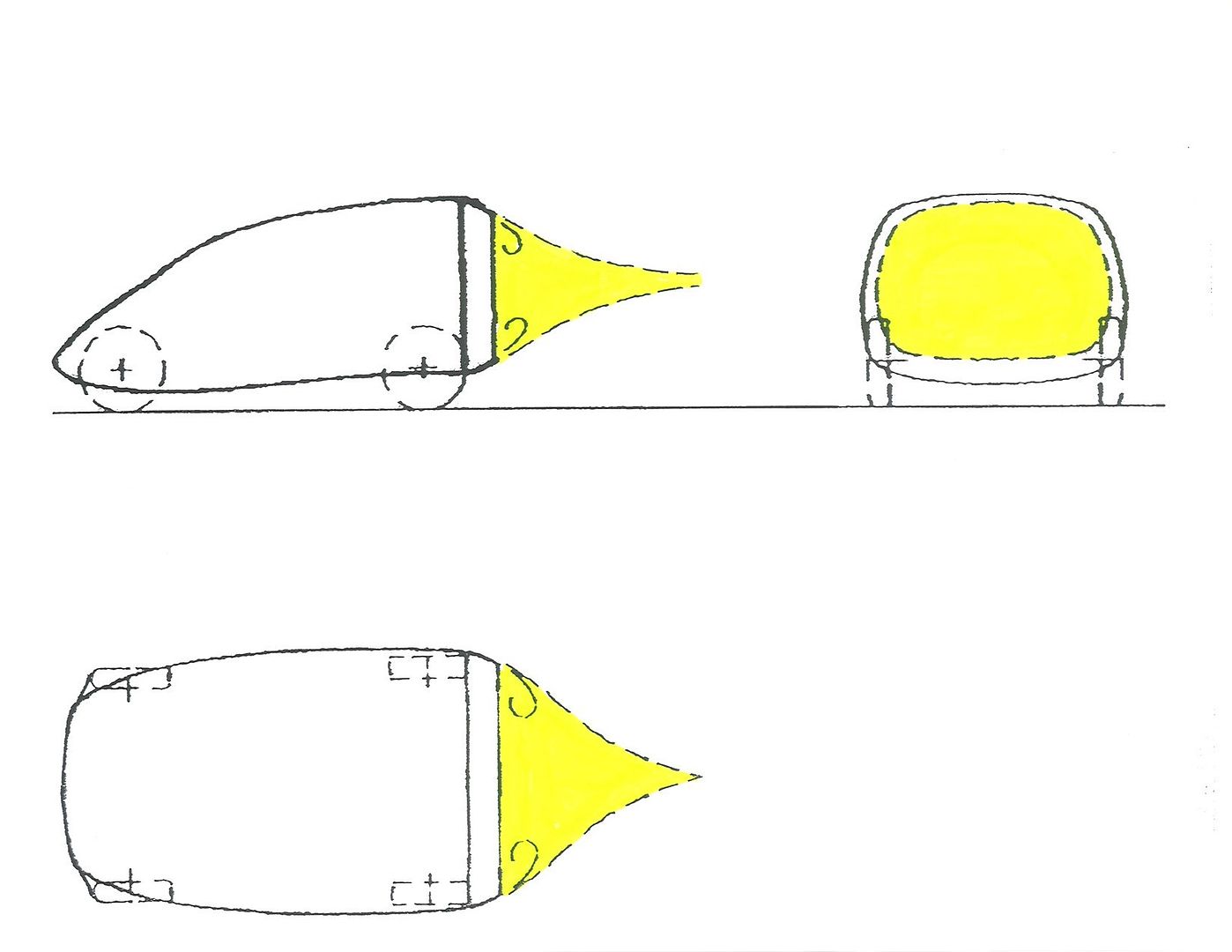
*Morelli's test vehicle is a FIAT Punto.You can see an oval Kamm/box-cavity with low Coanda jets which help compensate for the added wheel drag.
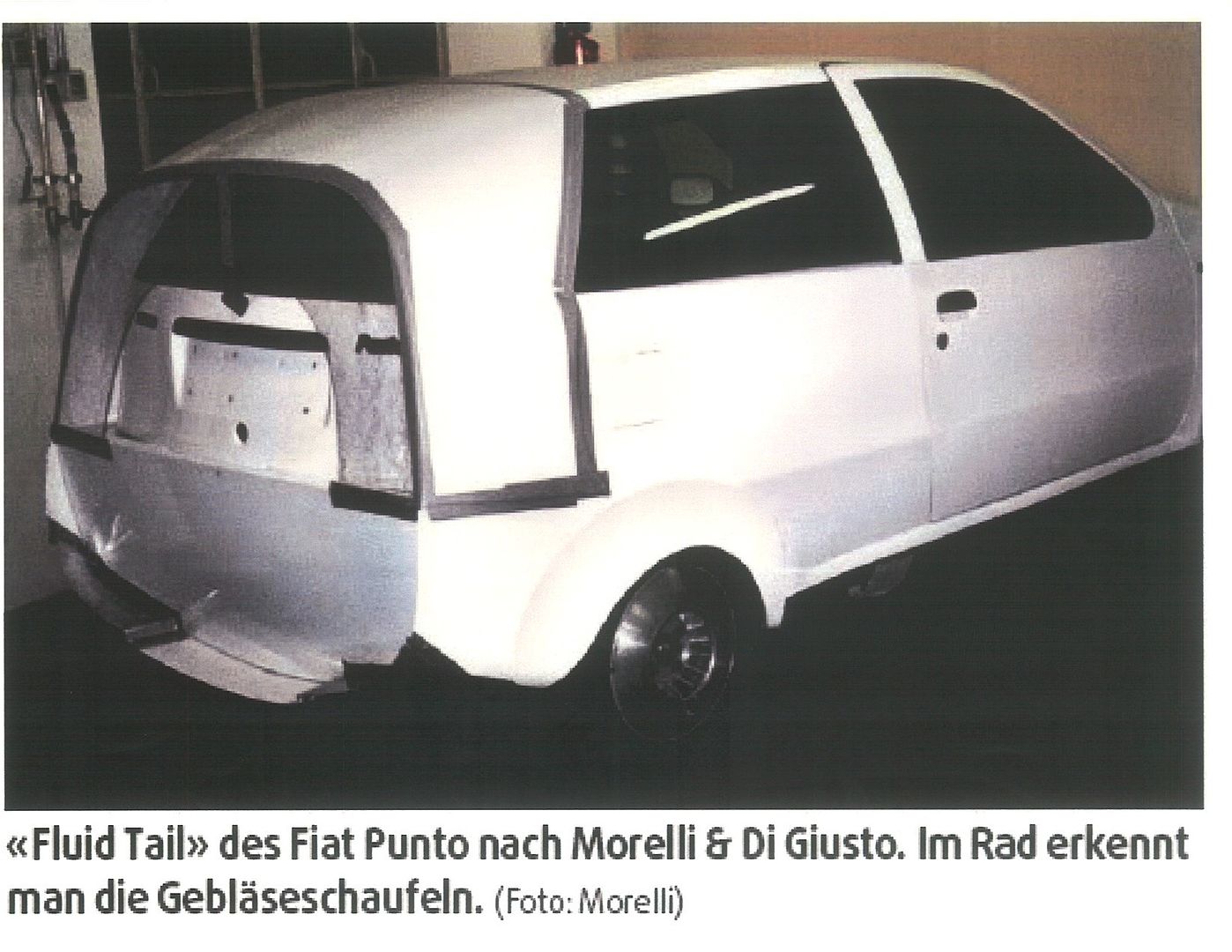
*The circular,or elliptical shape of the transverse separation line is crucial to the performance of the fluid tail.
PS At the time of publication in 2000,the project was still a work-in-progress,and no numbers were provided.
As of 1987,FIAT had tested a 1/2-scale 'short' car,with full cooling system,undercarriage,and features,with Cd 0.178.Considering the Cd 0.38 SMART 2 FOUR and Cd 0.31 FIAT Cinquento EV, Cd 0.178 is quite a coup!
I hope we see a follow-on paper from Professor Morelli.